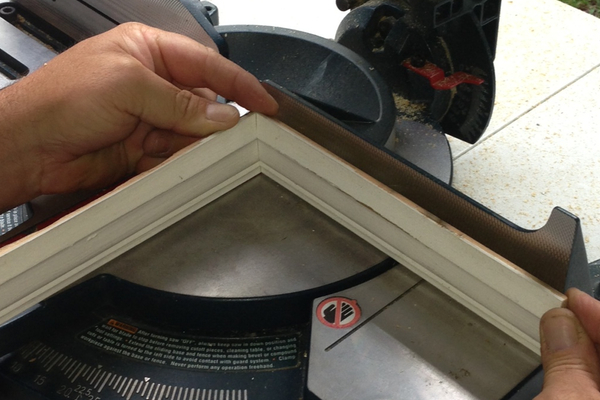Galvanized pipes have been essential in plumbing and construction for many years. Coated with zinc, these pipes resist corrosion and rust, making them ideal for various applications. This article explores the crucial aspects of galvanized pipes, addressing common questions and offering insights into their usage. We will also discuss how geomembrane technology can enhance the use of galvanized pipes in construction projects.

What Are Galvanized Pipes and How Are They Made?
Galvanized pipes are made of steel or iron and coated with a layer of zinc. The galvanization process involves dipping the pipes into molten zinc, creating a protective barrier that shields the metal from corrosion and rust. This method significantly extends the lifespan of the pipes, making them suitable for both outdoor and underground use.
Advantages and Disadvantages of Galvanized Pipes
Advantages:
- Durability: The zinc coating provides long-lasting protection against rust and corrosion.
- Cost-Effective: Galvanized pipes are generally less expensive than other corrosion-resistant materials like copper or stainless steel.
- Strength: These pipes are strong and can handle high-pressure applications.
Disadvantages:
- Corrosion Over Time: Despite the zinc coating, galvanized pipes can eventually corrode, especially if the coating is damaged.
- Restricted Flow: Over time, mineral buildup inside the pipes can reduce water flow.
- Health Concerns: In some cases, old galvanized pipes can release lead into the water supply, posing health risks.
Comparing Galvanized Pipes to Modern Alternatives
Modern alternatives to galvanized pipes include PVC, copper, and PEX, each with its own set of benefits and drawbacks:
- PVC Pipes: Lightweight, resistant to corrosion, and easy to install, but not suitable for high-temperature applications.
- Copper Pipes: Extremely durable and corrosion-resistant, but more expensive and harder to install than galvanized pipes.
- PEX Pipes: Flexible, easy to install, and resistant to freezing, but can be damaged by UV light and are not as durable in exposed environments.
How Can Geomembrane Technology Enhance the Use of Galvanized Pipes in Construction?
Geomembranes are impermeable membranes used for various containment applications in construction. When combined with galvanized pipes, geomembranes can provide an additional layer of protection and functionality. For instance, in water retention projects, a geomembrane can prevent leaks and seepage, while the galvanized pipes ensure a reliable and durable conduit for water flow. This synergy enhances the overall integrity and longevity of construction projects, especially in harsh environmental conditions.
Galvanized pipes remain a popular choice in construction due to their durability, strength, and cost-effectiveness. While they do have some disadvantages, such as potential corrosion and health risks, their benefits often outweigh these concerns, particularly in specific applications. Understanding the properties of galvanized pipes and how they compare to modern alternatives can help in making informed decisions for plumbing and construction projects. Furthermore, incorporating geomembrane technology can complement the use of galvanized pipes, enhancing the overall durability and efficiency of construction endeavors.